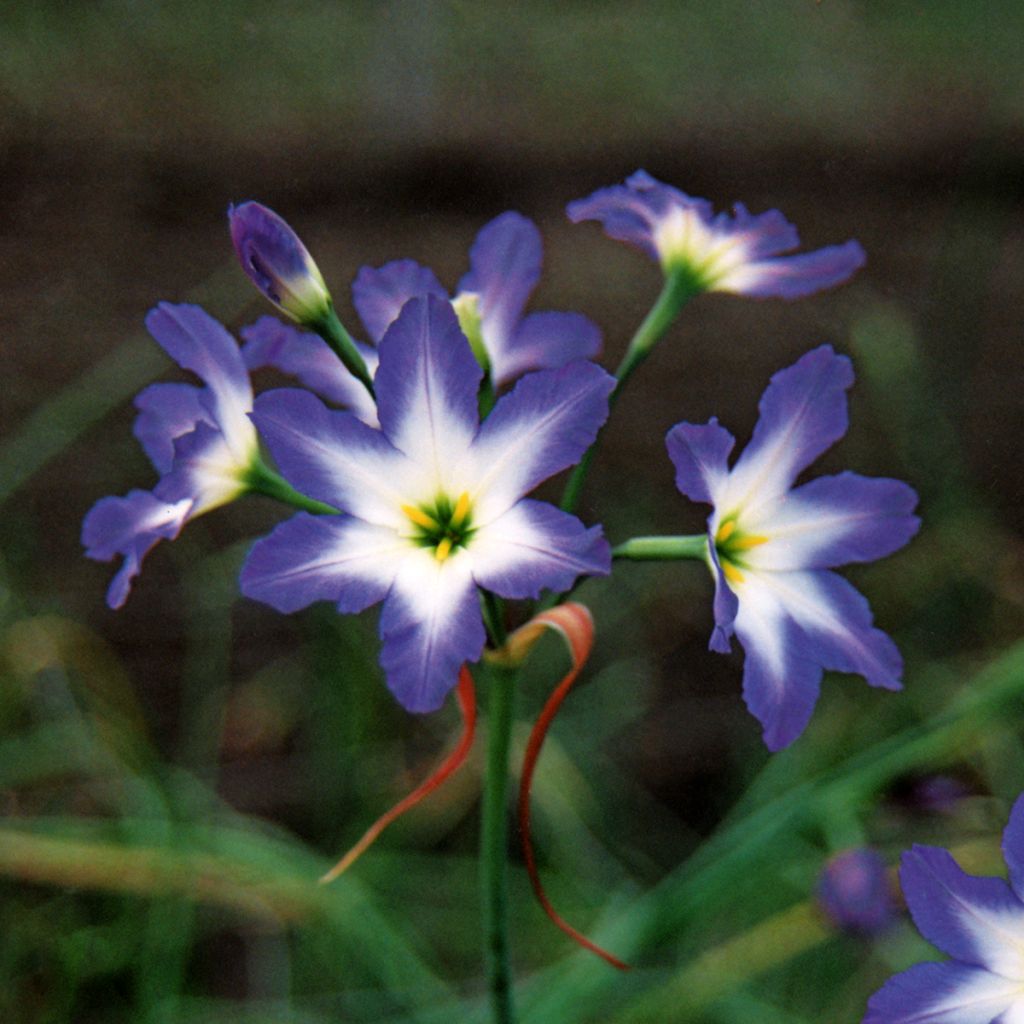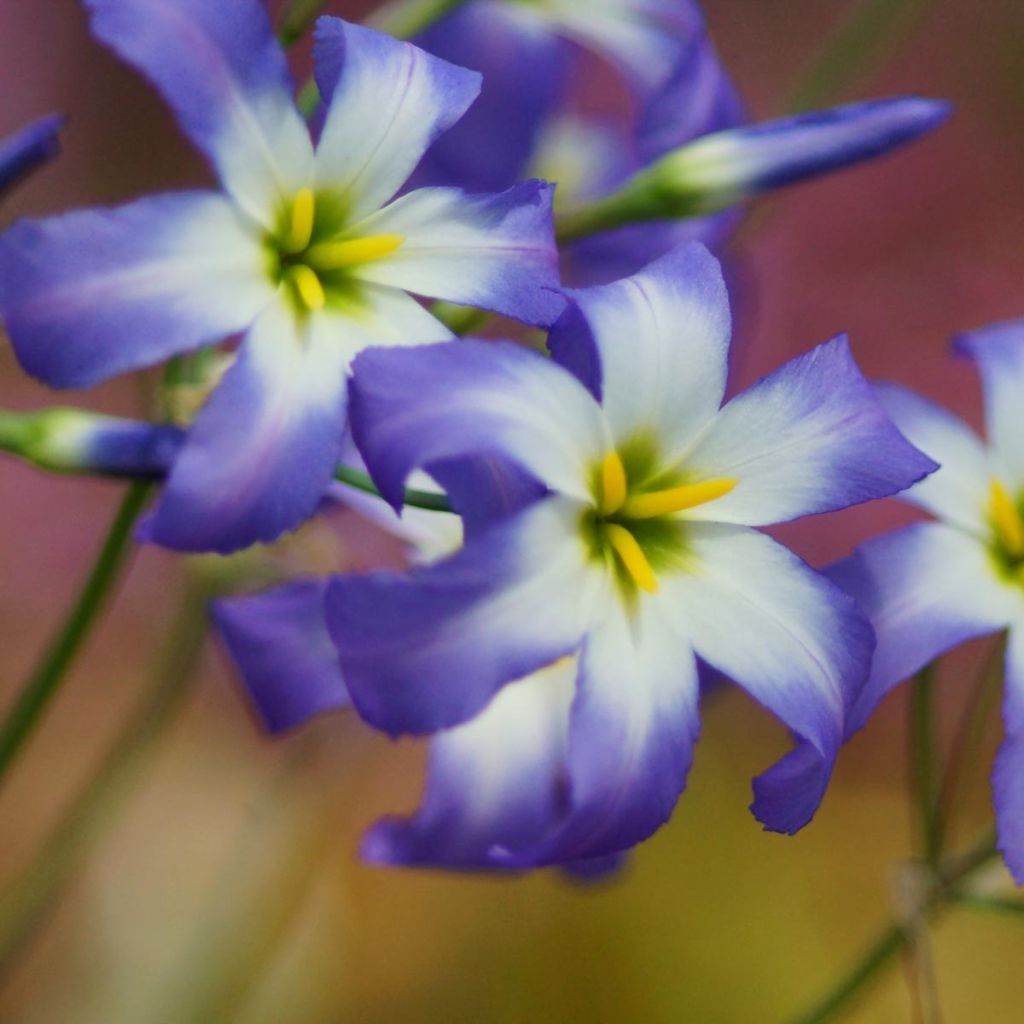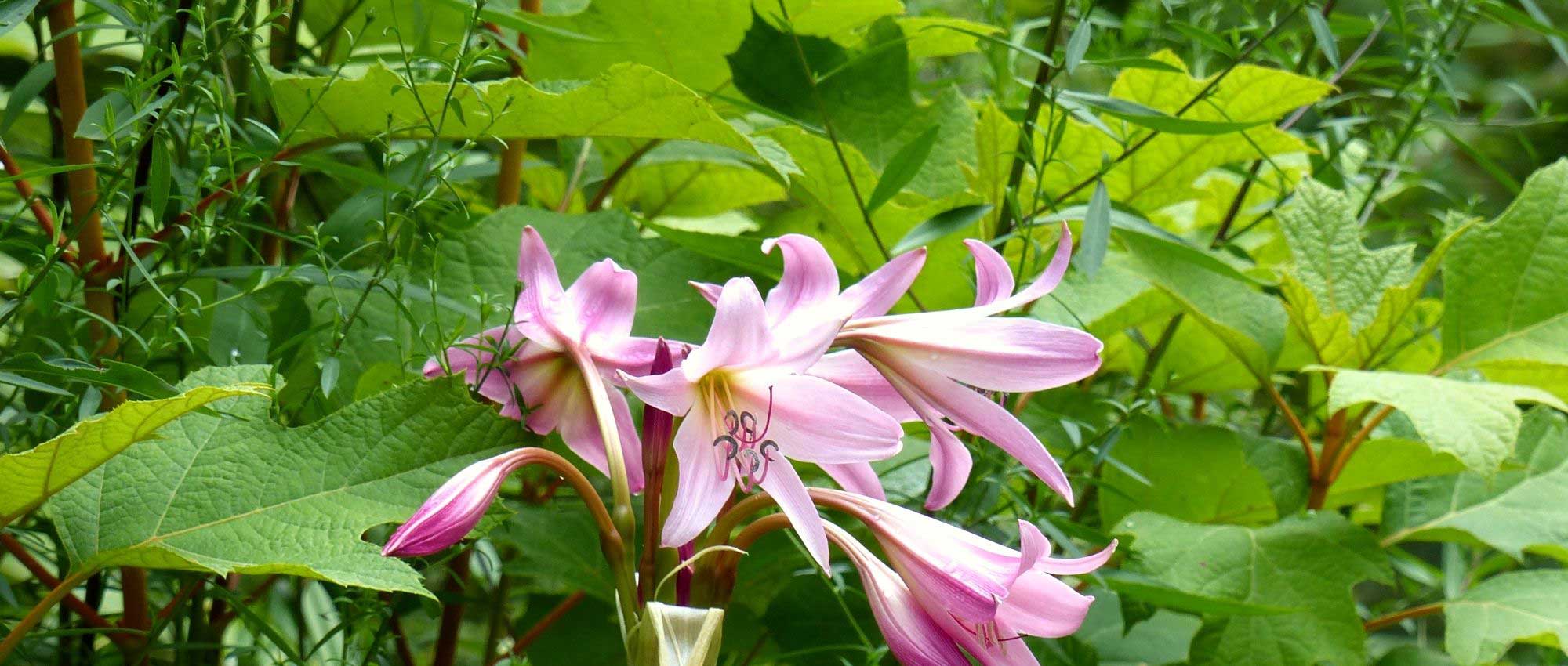

Leucocoryne ixoides Blue Ocean - Glory-of-the-sun


Leucocoryne ixoides Blue Ocean - Glory-of-the-sun
Leucocoryne ixoides Blue Ocean - Glory-of-the-sun
Leucocoryne ixoïdes Blue Ocean ®
Glory-of-the-sun
The bulbs are okay, but the flowers... they're not this variety, but 'Andes'.
Carlos, 16/04/2020
Special offer!
Receive a €20 voucher for any order over €90 (excluding delivery costs, credit notes, and plastic-free options)!
1- Add your favorite plants to your cart.
2- Once you have reached €90, confirm your order (you can even choose the delivery date!).
3- As soon as your order is shipped, you will receive an email containing your voucher code, valid for 3 months (90 days).
Your voucher is unique and can only be used once, for any order with a minimum value of €20, excluding delivery costs.
Can be combined with other current offers, non-divisible and non-refundable.
This plant carries a 6 months recovery warranty
More information
We guarantee the quality of our plants for a full growing cycle, and will replace at our expense any plant that fails to recover under normal climatic and planting conditions.
Would this plant suit my garden?
Set up your Plantfit profile →
Description
Leucocoryne ixioides Blue Ocean, also known as Glory of the Sun, is a beautiful bulbous plant with curved star-shaped, deep blue flowers with a white eye and a sweet fragrance. This not very hardy, sometimes temperamental, Chilean plant has a strong character. It is capable of offering a spectacular flowering in early summer and sulking the following year. It requires careful preparation to flower. It thrives in the sun and in rich and well-drained soil. Its flowers are perfect for cutting.
Leucocoryne ixioides belongs to the Aliaceae family. It is found in scrub vegetation and valleys in the mountainous and somewhat arid coastal areas of Chile, in regions where rainfall is abundant in autumn, winter, and spring, and summers are hot and dry. it will therefore thrive in a Mediterranean-type climate.
The 'Blue Ocean' variety is a selection with blue flowers with white centres growing from a bulb that can only tolerate very light temporary frosts. It forms a clump of linear, long, and narrow, grass-like basal leaves which emit a garlic odour when crushed and turn yellow during and just after flowering. It blooms in June, attracting a large number of butterflies. It has 5 to 12, 4 to 6 cm (2in) diameter flowers with a sweet fragrance gathered in umbels at the top of tall, thin, and slightly twisted, 40 cm (16in) stems. They have remarkable staminodes (sterile stamens) emerging from the white throat of the corollas, resembling white horns. The bulbs go dormant in summer, during the hot and dry season.
Leucocoryne ixioides Blue Ocean is easy to grow in the ground in coastal areas where the mild winters and long summer drought closely resemble the conditions it experiences in the wild. It will naturalise there by forming bulblets. This plant will be magnificent in a rock garden, alongside botanical tulips, caper bushes, Erodium foetidum, Peruvian scillas, rockroses, beschorneria yuccoides, and asphodels. In colder regions, it will make a beautiful potted plant that can be stored dry in summer and protected from frost in winter. The flowers hold up well in a vase and will fill the house with their fragrance.
Report an error about the product description
Plant habit
Flowering
Foliage
Botanical data
Leucocoryne
ixoïdes
Blue Ocean ®
Alliaceae
Glory-of-the-sun
Cultivar or hybrid
Planting and care
Leucocoryne Blue Ocean thrives in the sun, in rich and well-drained soil. Plant the bulbs in the ground in late summer or early autumn, in a sunny and protected location. This plant likes well-draining, rocky or sandy soils, moist in spring and autumn, and dry in summer. You can plant it directly in pure sand where its hardiness will be even better. During the summer dormancy period, it is essential to keep the bulbs dry. Vegetation will resume with autumn rains, protected from frost in a very bright location if the plant is grown in a pot, or by digging up clumps from the flowerbed or rockery to overwinter them frost-free.
Planting period
Intended location
Care
Planting & care advice
-
, onOrder confirmed
Reply from on Promesse de fleurs
Haven't found what you were looking for?
Hardiness is the lowest winter temperature a plant can endure without suffering serious damage or even dying. However, hardiness is affected by location (a sheltered area, such as a patio), protection (winter cover) and soil type (hardiness is improved by well-drained soil).

Photo Sharing Terms & Conditions
In order to encourage gardeners to interact and share their experiences, Promesse de fleurs offers various media enabling content to be uploaded onto its Site - in particular via the ‘Photo sharing’ module.
The User agrees to refrain from:
- Posting any content that is illegal, prejudicial, insulting, racist, inciteful to hatred, revisionist, contrary to public decency, that infringes on privacy or on the privacy rights of third parties, in particular the publicity rights of persons and goods, intellectual property rights, or the right to privacy.
- Submitting content on behalf of a third party;
- Impersonate the identity of a third party and/or publish any personal information about a third party;
In general, the User undertakes to refrain from any unethical behaviour.
All Content (in particular text, comments, files, images, photos, videos, creative works, etc.), which may be subject to property or intellectual property rights, image or other private rights, shall remain the property of the User, subject to the limited rights granted by the terms of the licence granted by Promesse de fleurs as stated below. Users are at liberty to publish or not to publish such Content on the Site, notably via the ‘Photo Sharing’ facility, and accept that this Content shall be made public and freely accessible, notably on the Internet.
Users further acknowledge, undertake to have ,and guarantee that they hold all necessary rights and permissions to publish such material on the Site, in particular with regard to the legislation in force pertaining to any privacy, property, intellectual property, image, or contractual rights, or rights of any other nature. By publishing such Content on the Site, Users acknowledge accepting full liability as publishers of the Content within the meaning of the law, and grant Promesse de fleurs, free of charge, an inclusive, worldwide licence for the said Content for the entire duration of its publication, including all reproduction, representation, up/downloading, displaying, performing, transmission, and storage rights.
Users also grant permission for their name to be linked to the Content and accept that this link may not always be made available.
By engaging in posting material, Users consent to their Content becoming automatically accessible on the Internet, in particular on other sites and/or blogs and/or web pages of the Promesse de fleurs site, including in particular social pages and the Promesse de fleurs catalogue.
Users may secure the removal of entrusted content free of charge by issuing a simple request via our contact form.
The flowering period indicated on our website applies to countries and regions located in USDA zone 8 (France, the United Kingdom, Ireland, the Netherlands, etc.)
It will vary according to where you live:
- In zones 9 to 10 (Italy, Spain, Greece, etc.), flowering will occur about 2 to 4 weeks earlier.
- In zones 6 to 7 (Germany, Poland, Slovenia, and lower mountainous regions), flowering will be delayed by 2 to 3 weeks.
- In zone 5 (Central Europe, Scandinavia), blooming will be delayed by 3 to 5 weeks.
In temperate climates, pruning of spring-flowering shrubs (forsythia, spireas, etc.) should be done just after flowering.
Pruning of summer-flowering shrubs (Indian Lilac, Perovskia, etc.) can be done in winter or spring.
In cold regions as well as with frost-sensitive plants, avoid pruning too early when severe frosts may still occur.
The planting period indicated on our website applies to countries and regions located in USDA zone 8 (France, United Kingdom, Ireland, Netherlands).
It will vary according to where you live:
- In Mediterranean zones (Marseille, Madrid, Milan, etc.), autumn and winter are the best planting periods.
- In continental zones (Strasbourg, Munich, Vienna, etc.), delay planting by 2 to 3 weeks in spring and bring it forward by 2 to 4 weeks in autumn.
- In mountainous regions (the Alps, Pyrenees, Carpathians, etc.), it is best to plant in late spring (May-June) or late summer (August-September).
The harvesting period indicated on our website applies to countries and regions in USDA zone 8 (France, England, Ireland, the Netherlands).
In colder areas (Scandinavia, Poland, Austria...) fruit and vegetable harvests are likely to be delayed by 3-4 weeks.
In warmer areas (Italy, Spain, Greece, etc.), harvesting will probably take place earlier, depending on weather conditions.
The sowing periods indicated on our website apply to countries and regions within USDA Zone 8 (France, UK, Ireland, Netherlands).
In colder areas (Scandinavia, Poland, Austria...), delay any outdoor sowing by 3-4 weeks, or sow under glass.
In warmer climes (Italy, Spain, Greece, etc.), bring outdoor sowing forward by a few weeks.








































